Casting CPP film is a very common packaging material. After aluminum plating, the barrier performance of oxygen barrier and water blocking will be significantly improved. Due to the different thickness of aluminum plating, different processes and different technologies, the barrier effect after aluminum plating will also be improved. There is a big difference
Abstract: Cast CPP film is a very popular packaging material. After aluminum plating, the barrier performance of oxygen barrier and water blocking will be significantly improved. Due to different thickness of aluminum plating, different processes and different technologies, the barrier effect after aluminum plating There will be a big difference. This article will start with the requirements of CPP cast film test, based on the introduction of barrier test methods, compare the barrier properties of CPP cast film before and after aluminum plating, and other for CPP cast film. The test project was also briefly explained.
The cast CPP film is a non-stretched, non-oriented flat extruded film produced by melt casting and quenching. There are two ways of single-layer casting and multi-layer co-extrusion casting, compared with the blown film process. It is characterized by high production speed, high output, excellent transparency, gloss and uniformity of the film. At the same time, due to the flat extrusion process, the subsequent processes of the film, such as printing and lamination, are extremely convenient, and have a wide range of applications in food and medical product packaging.
1. Casting CPP barrier test requirements
1.1 packaging material barrier properties
The so-called barrier property usually refers to the barrier property of the packaging material to oxygen and water vapor. The stronger the barrier property, the less the oxygen and water vapor in the air can enter the inside of the package, and naturally it will not affect the contents inside the package. Packaging materials with strong barrier properties are often referred to as high barrier materials, but instead are referred to as low barrier materials. The barrier property of packaging materials to oxygen and water vapor is one of the key factors in the shelf life of products. Generally speaking, the shelf life of high barrier materials is generally longer than the shelf life of low barrier materials.
1.2 Effects of oxygen and water vapor on food safety
It is not difficult to know that the oxygen content in our living environment is 20.9%. The humidity is very different due to different regions, different seasons and different time periods. Even in the same area, the humidity is constantly changing, north and south. The difference is even greater. The existence of humidity can't control the intervention. The existence of oxygen and moisture in the environment hinders the preservation, circulation and preservation of food. We all have similar experiences. The food in the hot and humid environment is very It is decaying and deteriorating, and even the speed is quite amazing. The reason is that under the aid of oxygen moisture, the uninactivated bacteria in the food are propagated at a very amazing speed. The breeding and metabolism of bacteria is the most important cause of food decay and deterioration. Key factors affecting food safety. It is not difficult to see that in order to ensure food safety, ensure product quality, and ensure that food can reach consumers in a "live" state, in addition to the factors of circulation control, the most important thing is to cut off the fundamental source of food deterioration, that is, cut off. The nutrient supply of bacteria reproduction cuts off the bacterial nutrient supply chain and controls the speed of bacterial reproduction, which is equivalent to prolonging the shelf life of food. Most bacteria are based on oxygen and moisture. If the packaging materials are in R&D design. In order to effectively block the oxygen and moisture in the air, it will definitely increase the safety of food.
Therefore, the barrier properties of the packaging material determine how much oxygen moisture enters the interior of the product packaging, that is, the barrier properties of the packaging material are related to the shelf life of the food and food safety. Therefore, it is particularly important to analyze the barrier performance of packaging materials. The barrier test analysis is related to the shelf life of food and food safety.
2. Introduction to Casting CPP Barrier Test Method
2.1 Introduction to oxygen transmission rate test method
At present, there are two methods most popular in China and internationally:
2.1.1 Differential pressure method
Differential pressure method, that is, vacuum differential pressure method.
Test principle: The test sample is placed between two test chambers, the vacuum is applied to the lower chamber, and then the whole system is evacuated. When the specific vacuum is reached, the lower chamber is closed and the test gas is introduced into the upper chamber. Or other test gases can, so that a constant pressure difference is formed on both sides of the test sample (usually: pressure difference is 1 atm = 101 kPa), due to the pressure difference, oxygen will penetrate from the high pressure side "penetration" film to On the low pressure side, the amount of oxygen permeation can be measured by the pressure sensor on the low pressure side to obtain the barrier data of the packaging material.
2.1.2 Isobaric method
The isobaric method is also called the Coulomb method.
Test principle: The test sample is clamped between two test chambers. One side of the sample is flowing oxygen, and the other side of the sample is flowing nitrogen. Oxygen “penetrates†the film from the high concentration side. On the other side of the nitrogen side of the sample, the oxygen permeating to the nitrogen side is carried to the oxygen sensor by the flowing nitrogen. The oxygen barrier property of the packaging material can be obtained by analyzing the signal size of the oxygen sensor.
2.2 Water vapor transmission rate test method list
Alignment test method | Test accuracy | Test efficiency | Application field | market expectation |
Electrolysis | highest | highest | Food and medicine | it is good |
Infrared method | Higher | Higher | Food and medicine | better |
Humidity sensor method | low | low | Very few | - |
Gravimetric method | low | low | Lower precision field | Poor |
Table 1 Water vapor transmission rate test method
3. Comparison of barrier properties before and after casting CPP aluminum plating
The test of the CPP cast film was carried out by using the GTR-7001 gas permeability test system and the WVTR-9001 water vapor transmission rate test system produced by Jinan Sike Test Technology Co., Ltd.
Test conditions: 23.6 ° C 48%% RH
Barrier index | Instrument model | CPP thickness (um) | Before aluminizing | After aluminizing |
Oxygen transmission rate (ml/m2.24h.0.1MPa) | GTR-7001 | 30 | 3460 | 67.7 |
twenty two | 4690 | 98.2 | ||
Water vapor transmission rate (g/m2.d) | WVTR-9001 | 30 | 7.23 | 0.025 |
twenty two | 9.62 | 0.041 |
Table 2 Comparison of barrier properties before and after CPP aluminum plating
Note: The sample is provided by the customer. Because the thickness of the aluminized layer is unknown and the process is unknown, the table data is for reference only!
4. The importance of casting other performance indicators of CPP
As the market demand continues to increase, the application area of ​​casting CPP is still expanding, and the development speed is rapid, and the products and materials used for casting film are also being updated. To ensure the position and share of cast film in the packaging market, it is not enough to consider the barrier index of cast film, but also control its friction coefficient, elastic modulus, heat seal performance, yield strength and thickness index. In order to meet the needs of the re-production of packaging materials and the development needs of the market.
5 Conclusion
The material CPP cast film has excellent packaging characteristics, coupled with various innovative technologies that are constantly innovating, which will inevitably greatly promote the innovation and application of cast film. In general, with the development of society Progress, market demand continues to increase, the application of cast film will be more and more applied in various fields of packaging, and will also play a positive role in the advancement of the entire packaging market.
Jinan Sike Testing Technology Co., Ltd.
Xu Li
Http://news.chinawj.com.cn
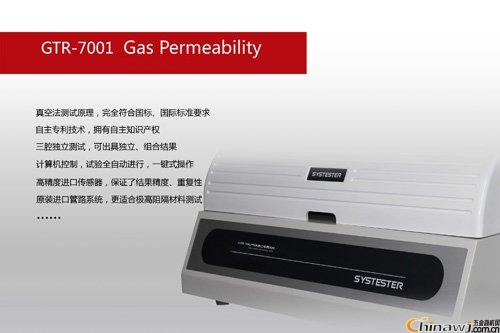 Editor: (Hardware Business Network Information Center) http://news.chinawj.com.cn
Editor: (Hardware Business Network Information Center) http://news.chinawj.com.cn 
Woven Geotextile is interwoven by high tenacity PET or PP filament yarn into a dimensionally stable network.
The inherent characteristics of Polyesterhigh tensile strength and modulus,low elongation, low creep and high longterm design strength makes the good ideal for soil reinforcement application. The fabric develops excellent frictional interaction with a wide variety of soil and granular materials.
The relatively low openings of these fabrics enable them to act as efficient separators preventing the mixing of costly granular materials with finegrained soils. It has reasonably high permeability to prevent excessive buildup of porepressures due to applied loadings.
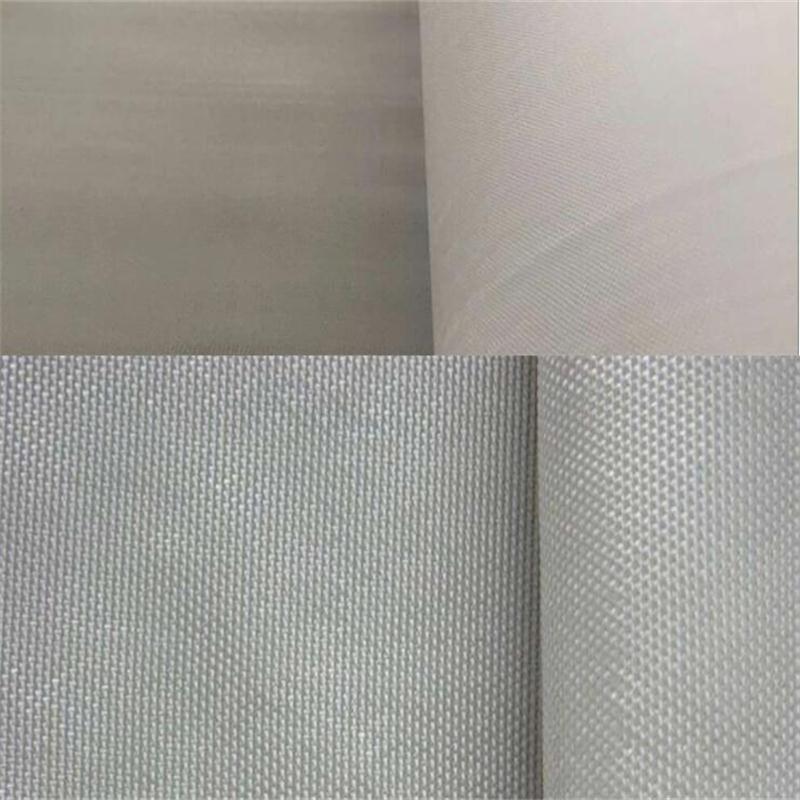
Multifilament Woven Geotextile are made of individual multifilament yarns woven together into a stable fabric structure with a superior combination of mechanical and hydraulic properties. These product series has excellent resistance to biological and chemical environments normally found in soils and are stable against short-term exposure to ultraviolet radiation.
Product Features:
- High tensile strength and modulus ,low elongation, low creep and high long-term design strength.
- Ease of Construction.
- Cost effective.
- Creep resistance.
- Consistency.
- Less differential settlement
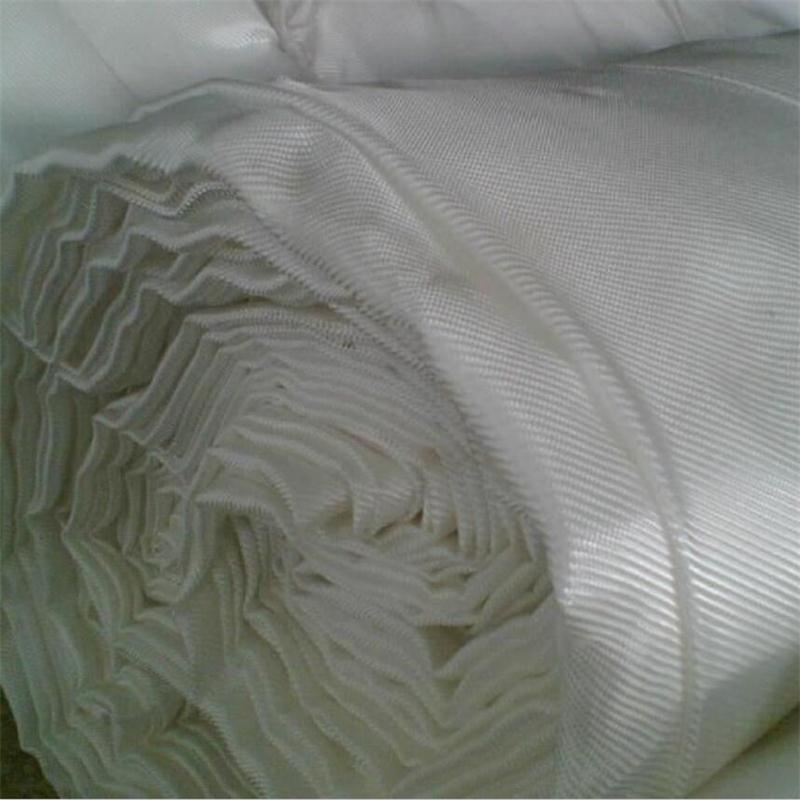
Product Application:
- Separator and reinforcement for paved/unpaved roads.
- Area stabilization.
- Basal reinforcement of embankments on soft ground.
- Reinforced soil steep slopes.
-
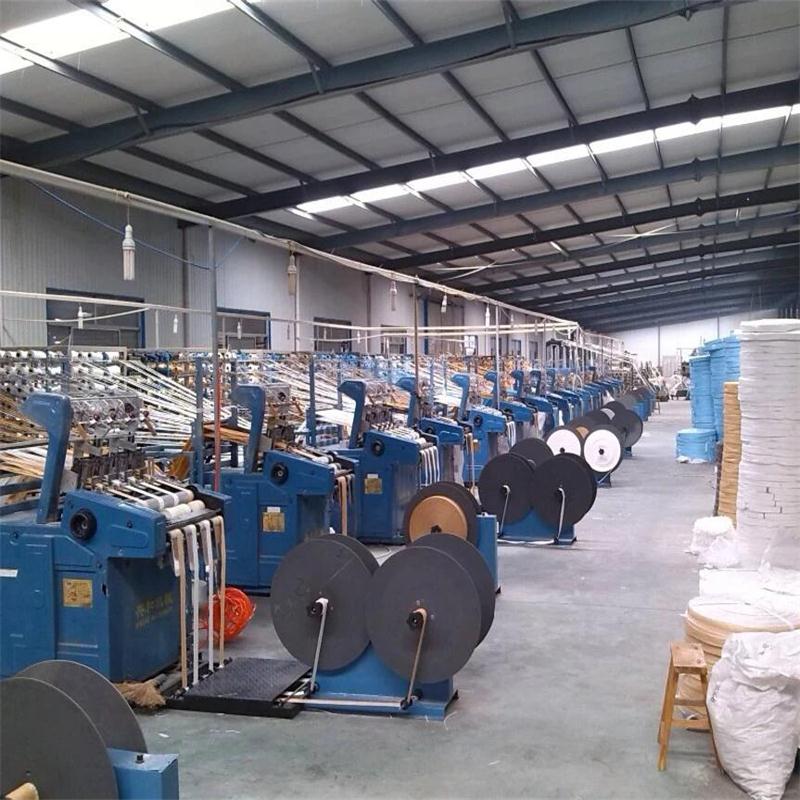

Technical data:
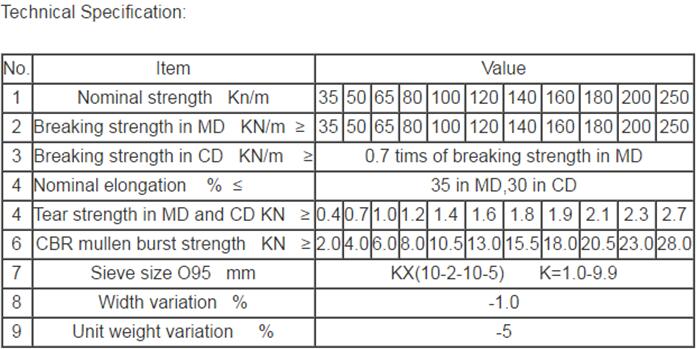
Pp Woven Geotextile,Polypropylene Geotextile Fiber,Pp Woven Geotextiles Geotextile,Multifunctional Woven Geotextile
Shandong Tianhai New Materials Engineering Co., Ltd , https://www.chinatinhy.com